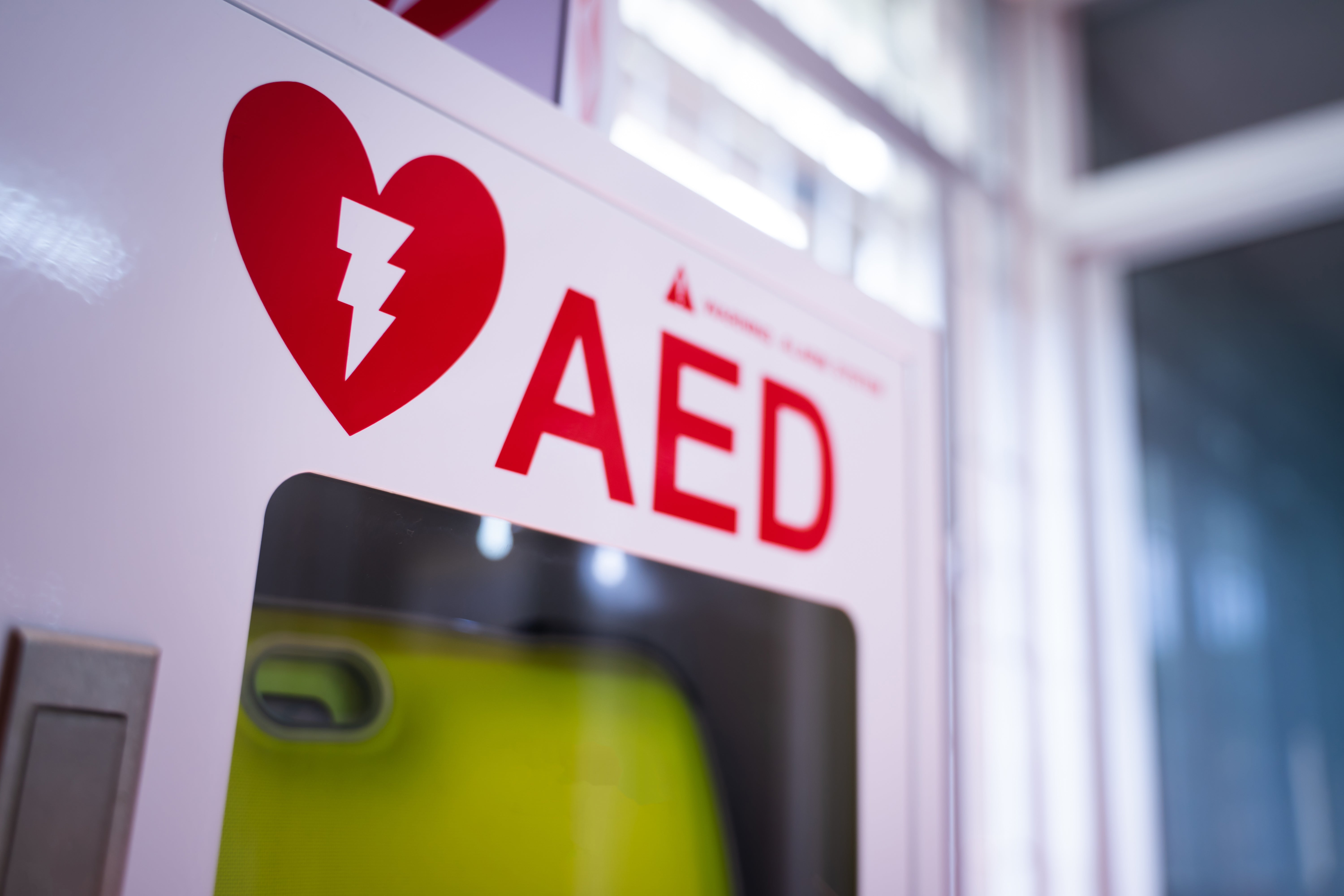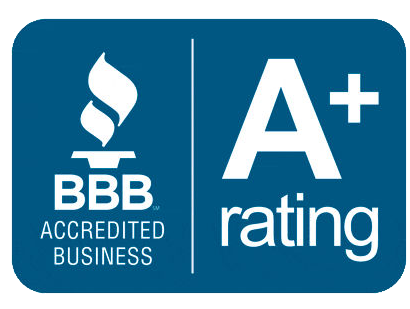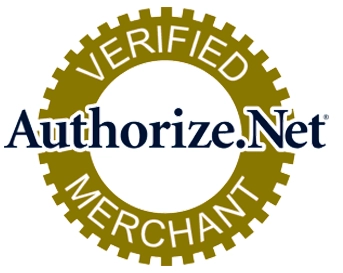What Happens After You Use an AED?
Document the Event & Download Device Data
Inspect and Restore the AED to Readiness
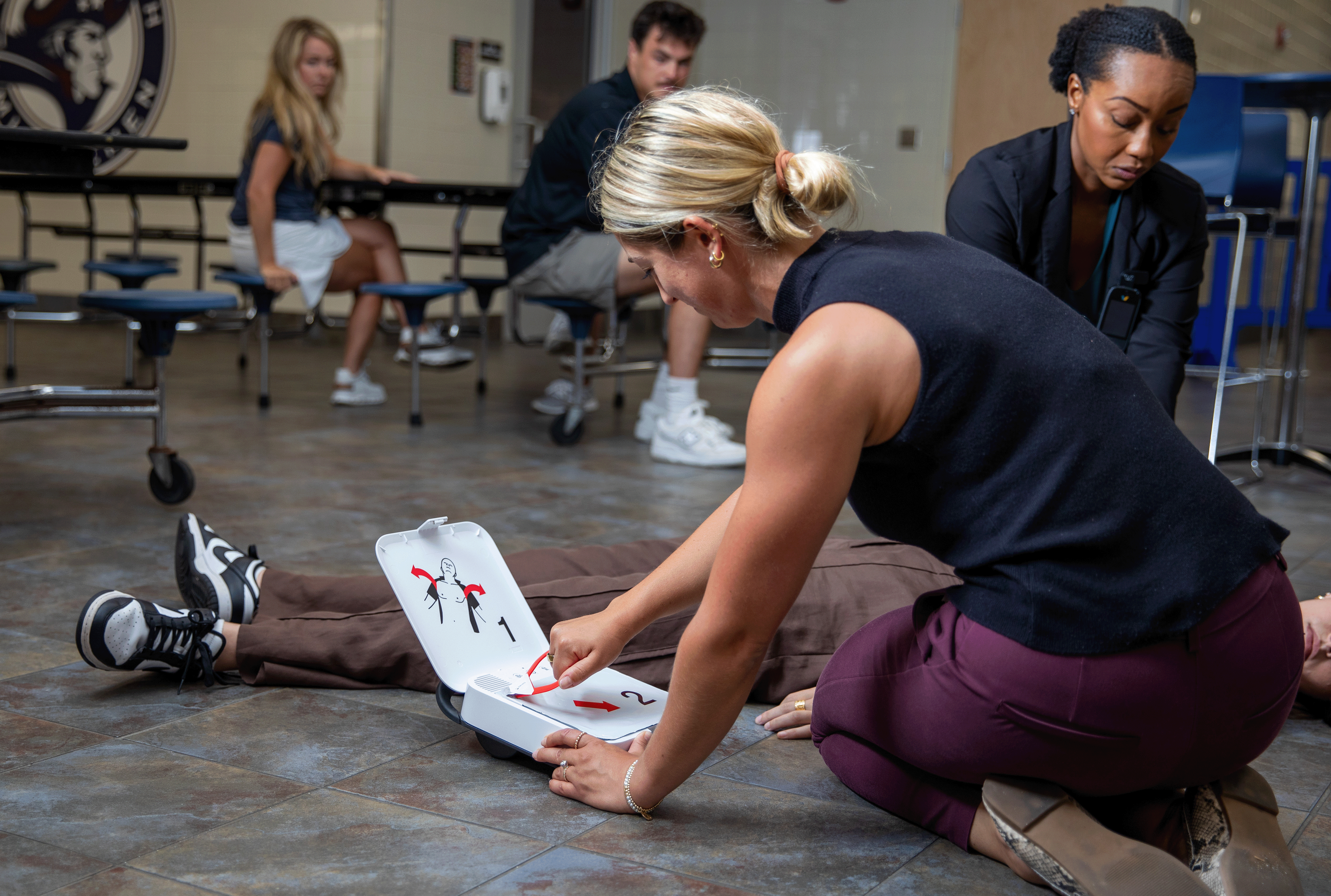
Review Performance & Debrief with Responders
Support Responder Well-Being & Training
Monitor Trends & Institutionalize Lessons Learned
Why These Post-Use Steps Matter
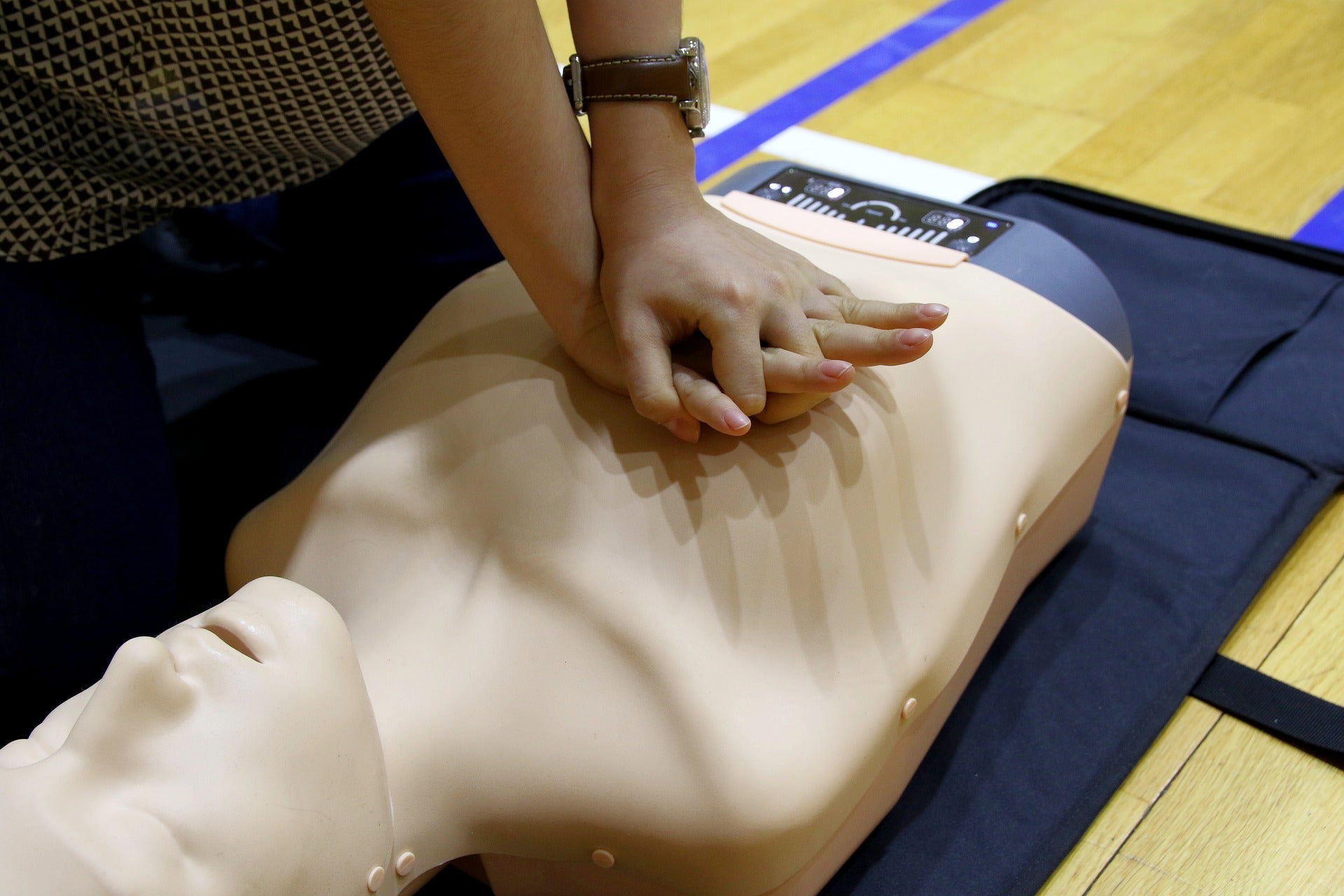
Be Ready for the Next Emergency
